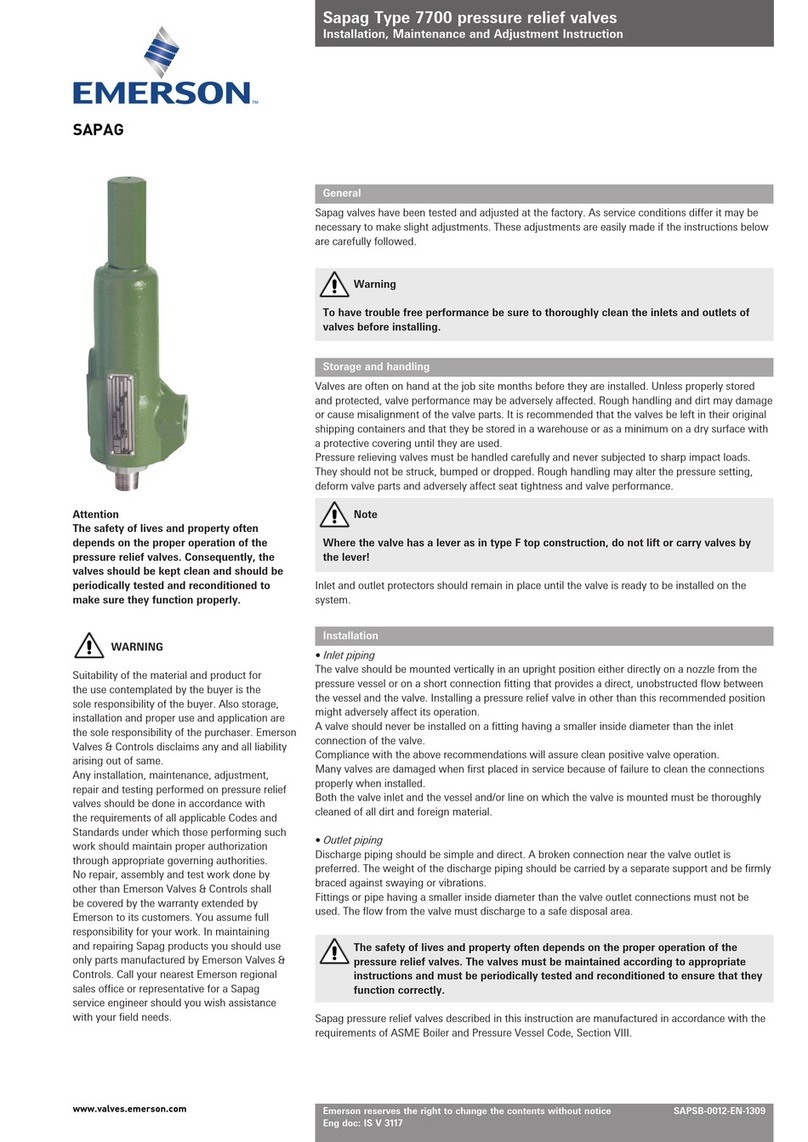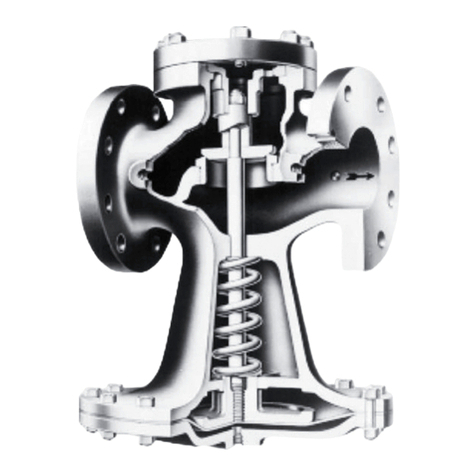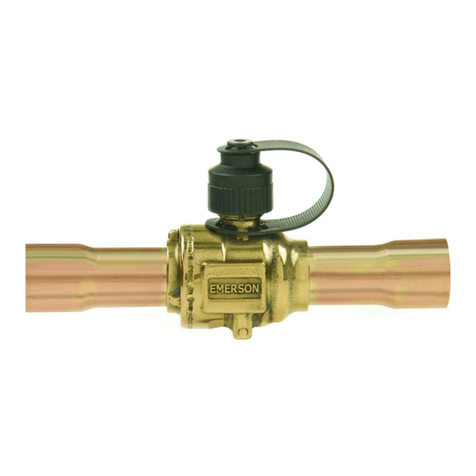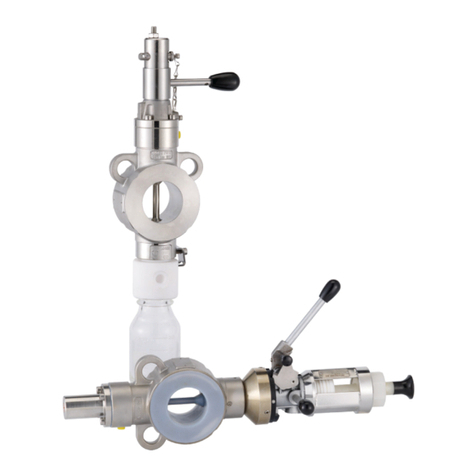Emerson Fisher V500 User manual
Other Emerson Control Unit manuals

Emerson
Emerson Penberthy 500 Series Manual

Emerson
Emerson Fisher POSI-SEAL A81 User manual
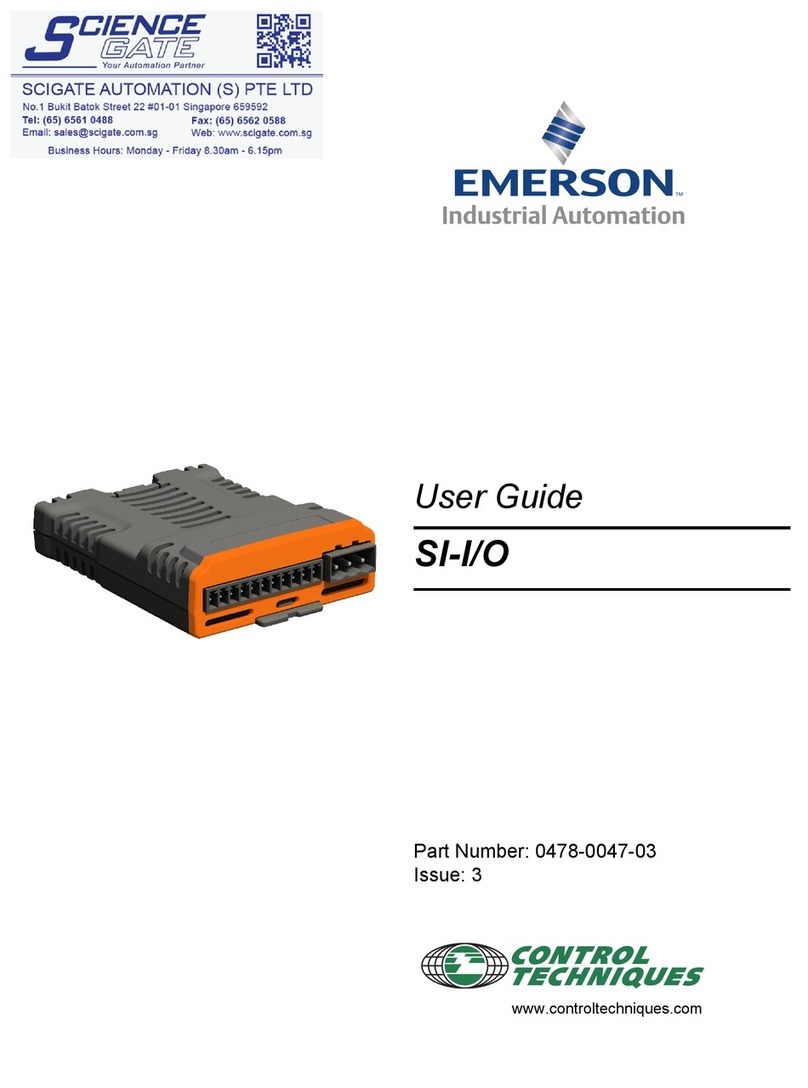
Emerson
Emerson SI-I/O User manual
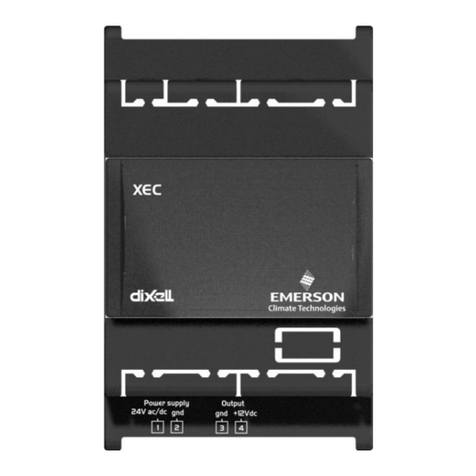
Emerson
Emerson Dixell XEC Supercap Wiring diagram

Emerson
Emerson ES-805 Series User manual

Emerson
Emerson Spence K3 User manual

Emerson
Emerson KTM Hindle Instruction Manual
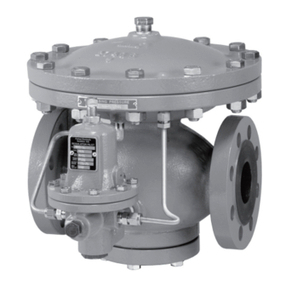
Emerson
Emerson Fisher 92B User manual
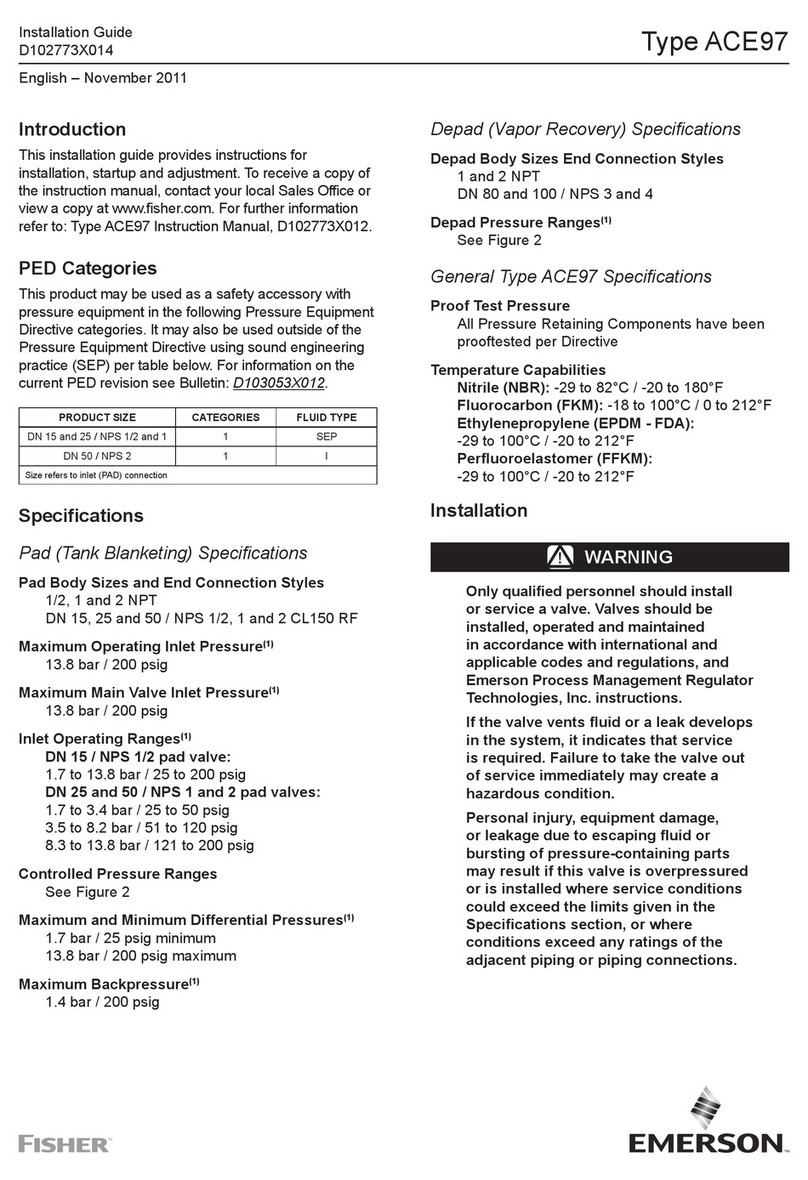
Emerson
Emerson ACE97 User manual
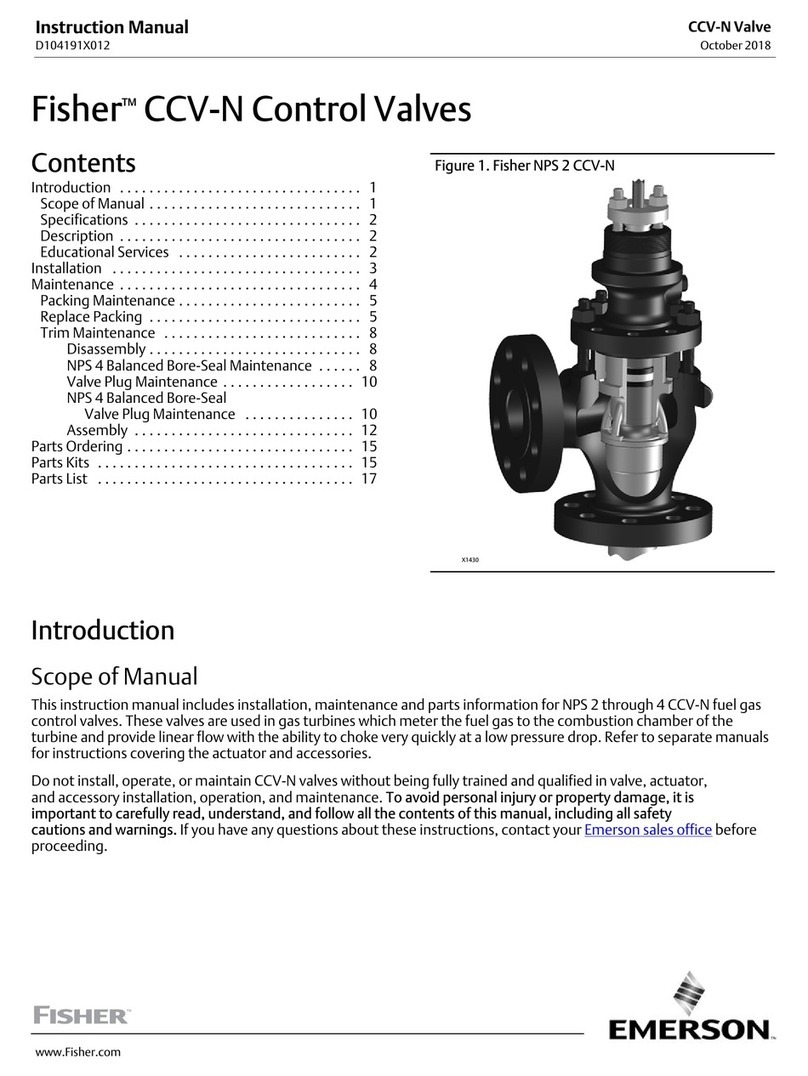
Emerson
Emerson Fisher NPS 2 CCV-N User manual

Emerson
Emerson Rosemount RM5800 User manual

Emerson
Emerson Anderson Greenwood 500 Series User manual

Emerson
Emerson Fisher 167DA User manual

Emerson
Emerson Keystone Figure 320 User manual

Emerson
Emerson Fisher Vee-Ball V200U Series User manual
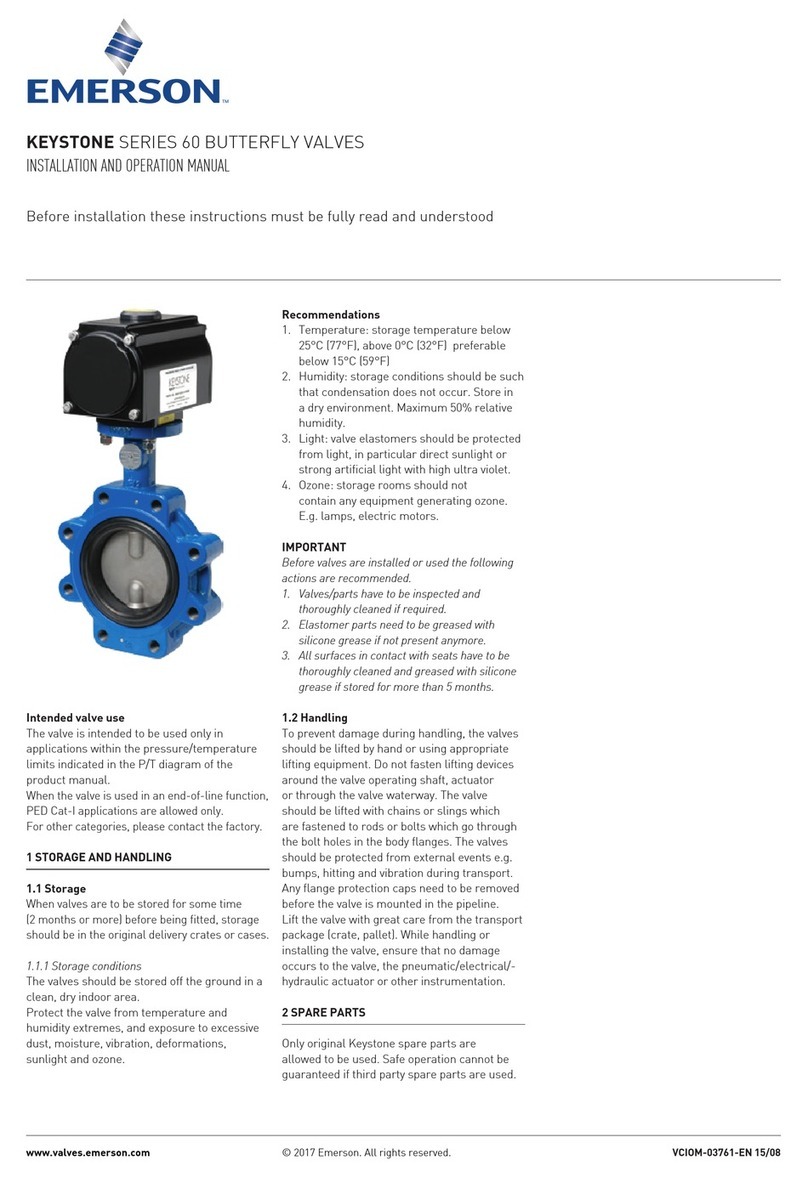
Emerson
Emerson KEYSTONE 60 Series User manual
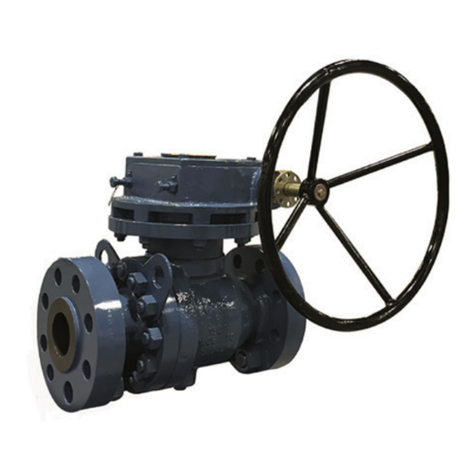
Emerson
Emerson KTM VIRGO N Series Manual
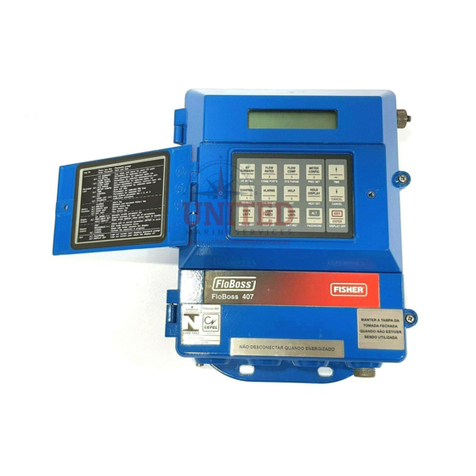
Emerson
Emerson Fisher FLOBOSS 407 User manual

Emerson
Emerson Fisher 63EG-98HM User manual
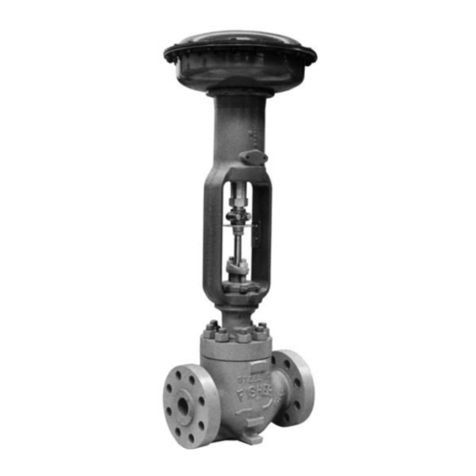
Emerson
Emerson Fisher EHD User manual
Popular Control Unit manuals by other brands

Festo
Festo Compact Performance CP-FB6-E Brief description

Elo TouchSystems
Elo TouchSystems DMS-SA19P-EXTME Quick installation guide

JS Automation
JS Automation MPC3034A user manual

JAUDT
JAUDT SW GII 6406 Series Translation of the original operating instructions

Spektrum
Spektrum Air Module System manual

BOC Edwards
BOC Edwards Q Series instruction manual

KHADAS
KHADAS BT Magic quick start

Etherma
Etherma eNEXHO-IL Assembly and operating instructions

PMFoundations
PMFoundations Attenuverter Assembly guide

GEA
GEA VARIVENT Operating instruction

Walther Systemtechnik
Walther Systemtechnik VMS-05 Assembly instructions

Altronix
Altronix LINQ8PD Installation and programming manual
